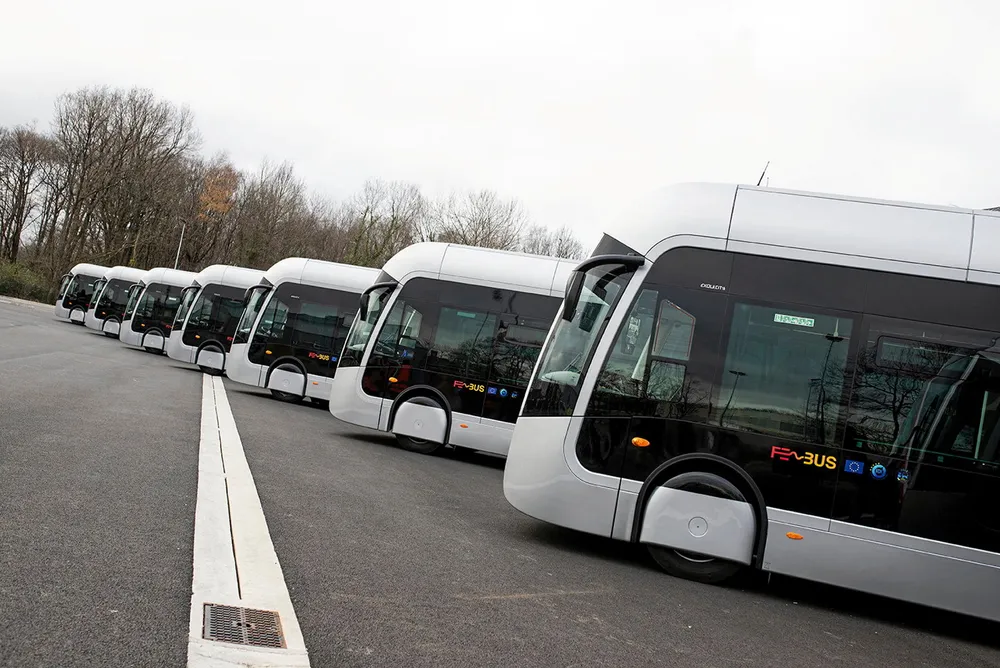French city that pioneered hydrogen buses will opt for battery-electric in future due to ongoing problems and high costs
Fewer subsidies for H2 transport and improved fully-electric bus ranges mean Pau’s first 12 fuel-cell buses will probably be its last
